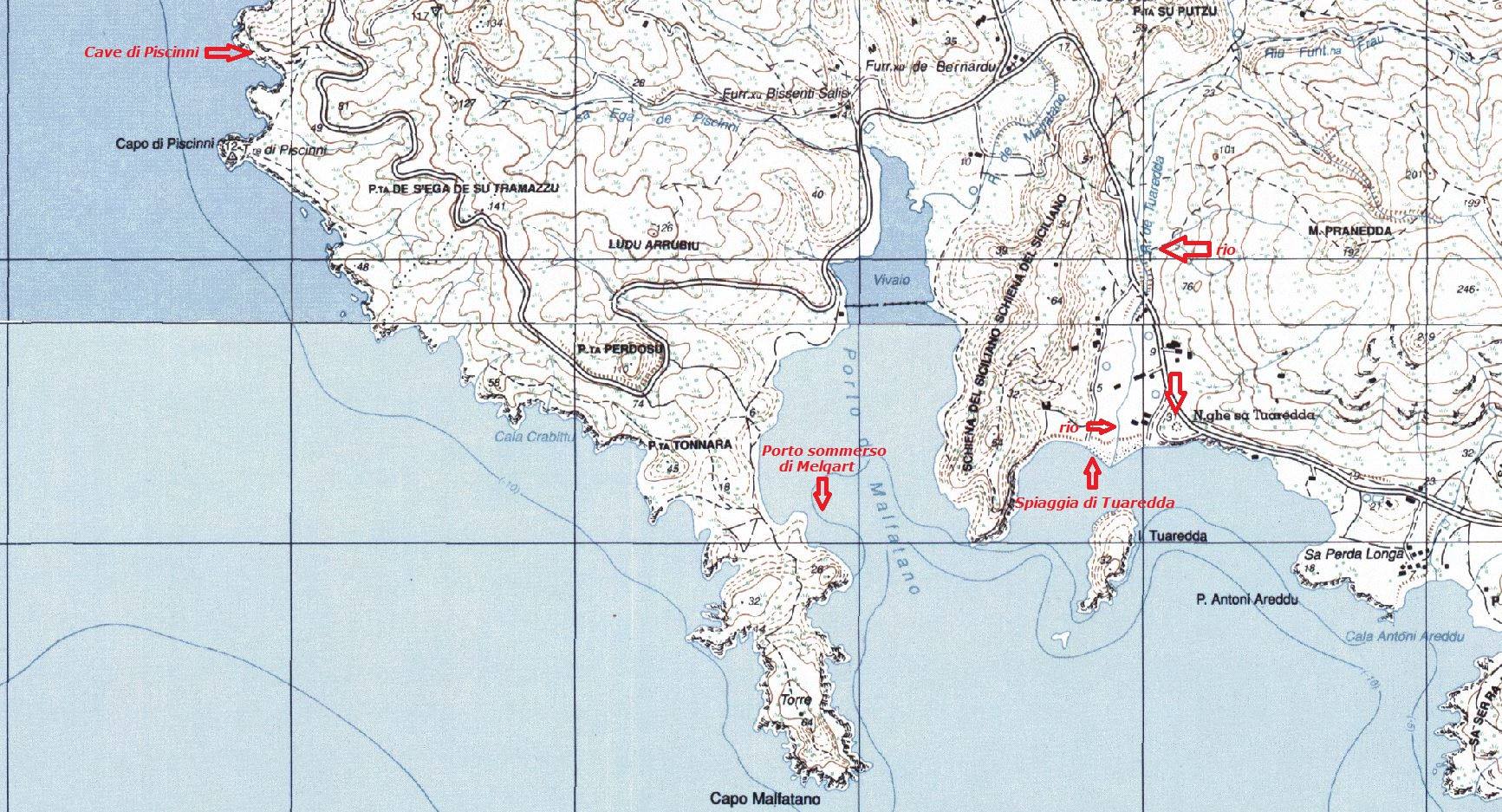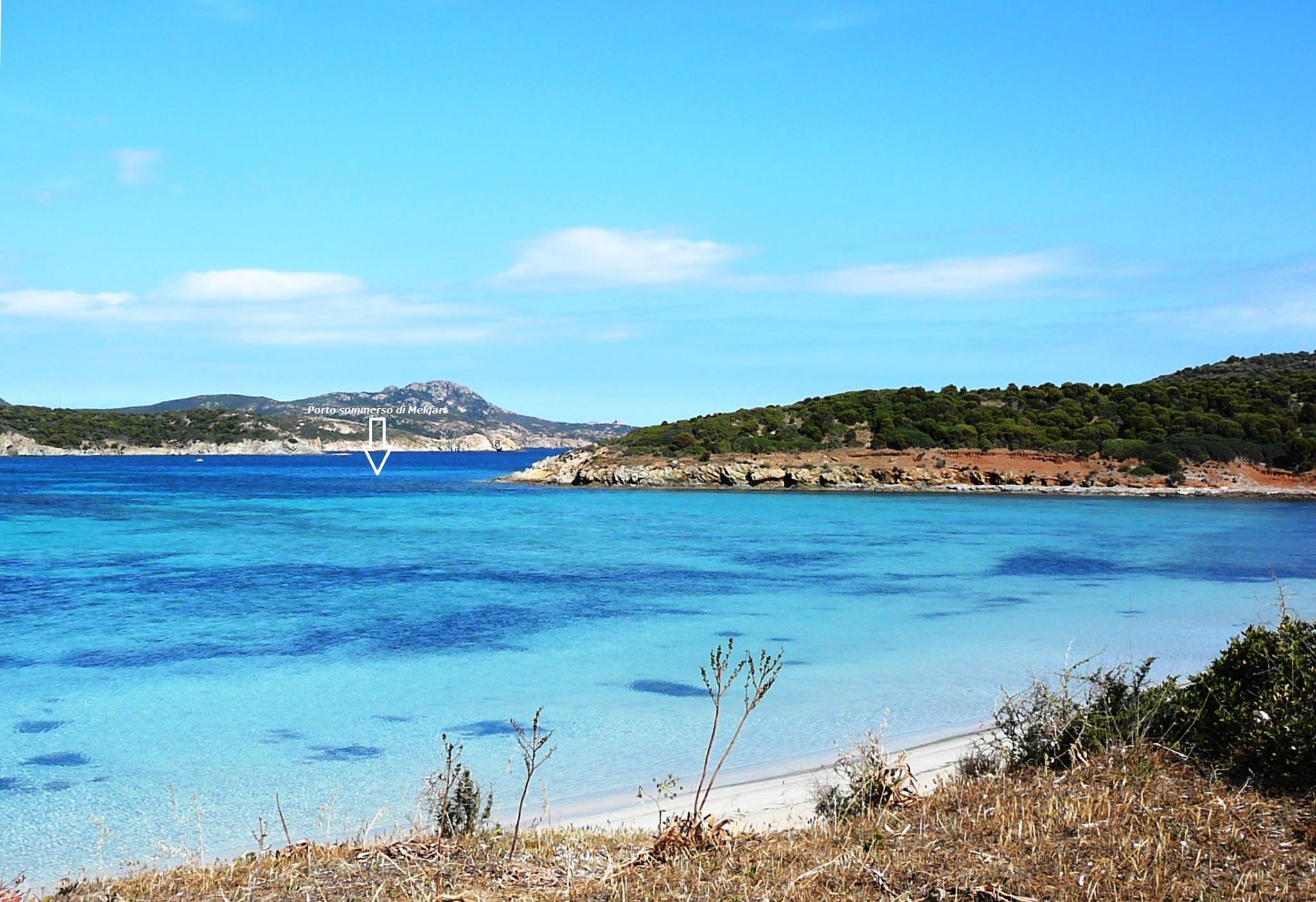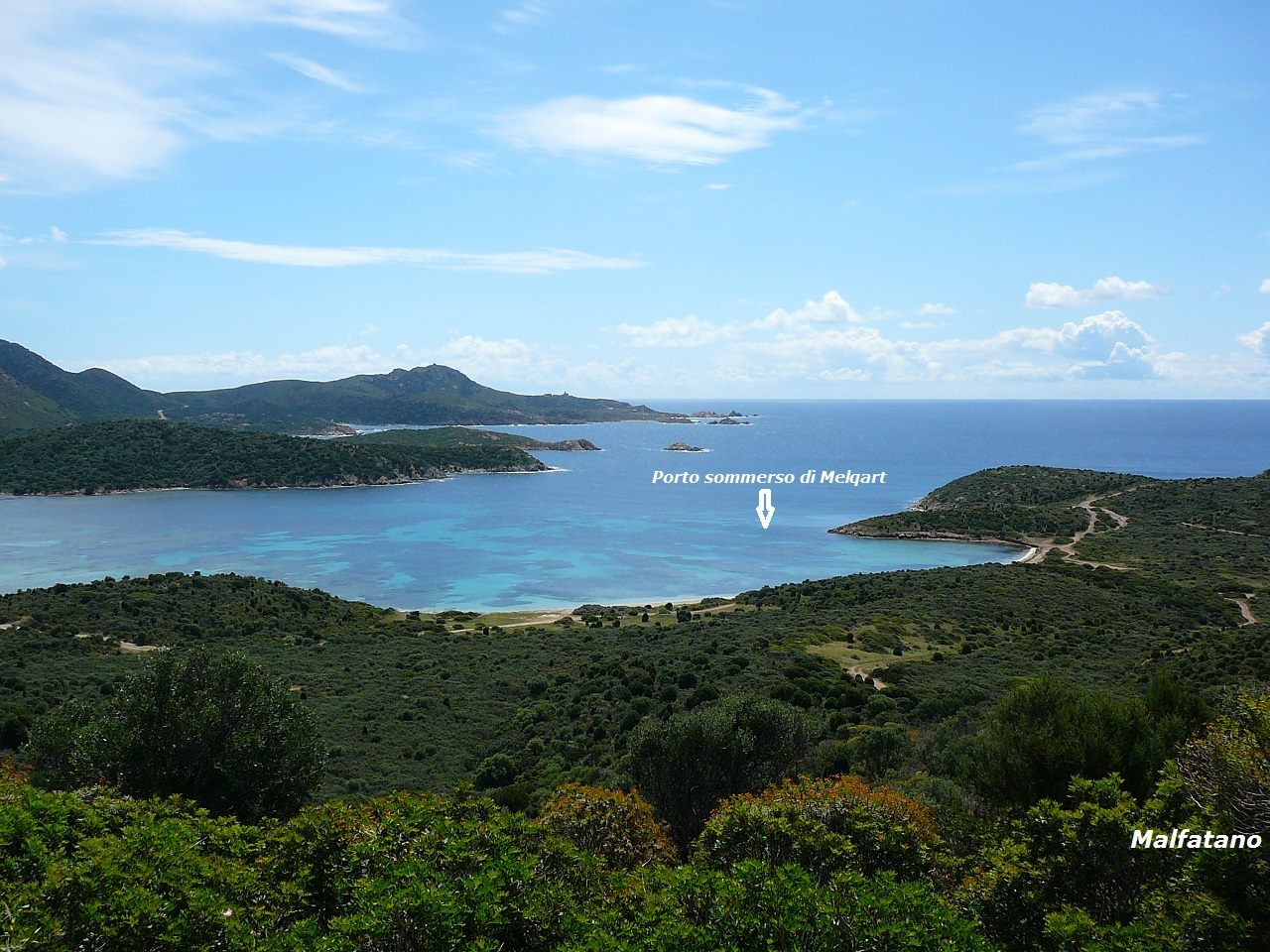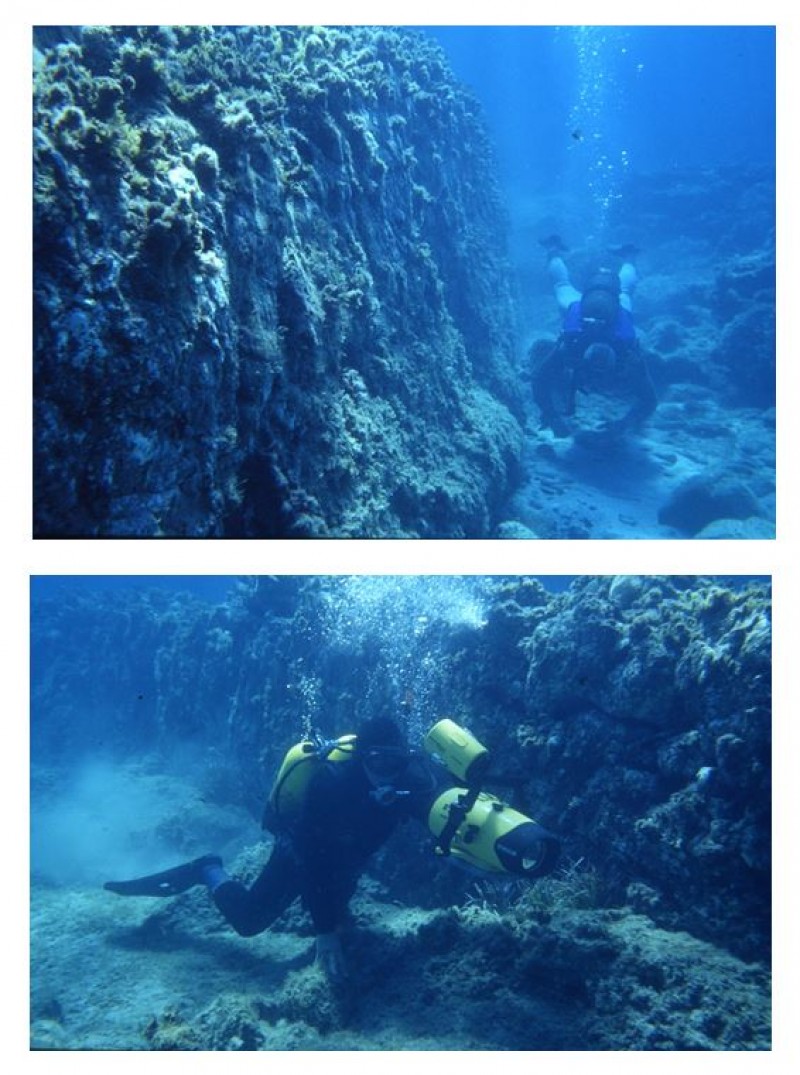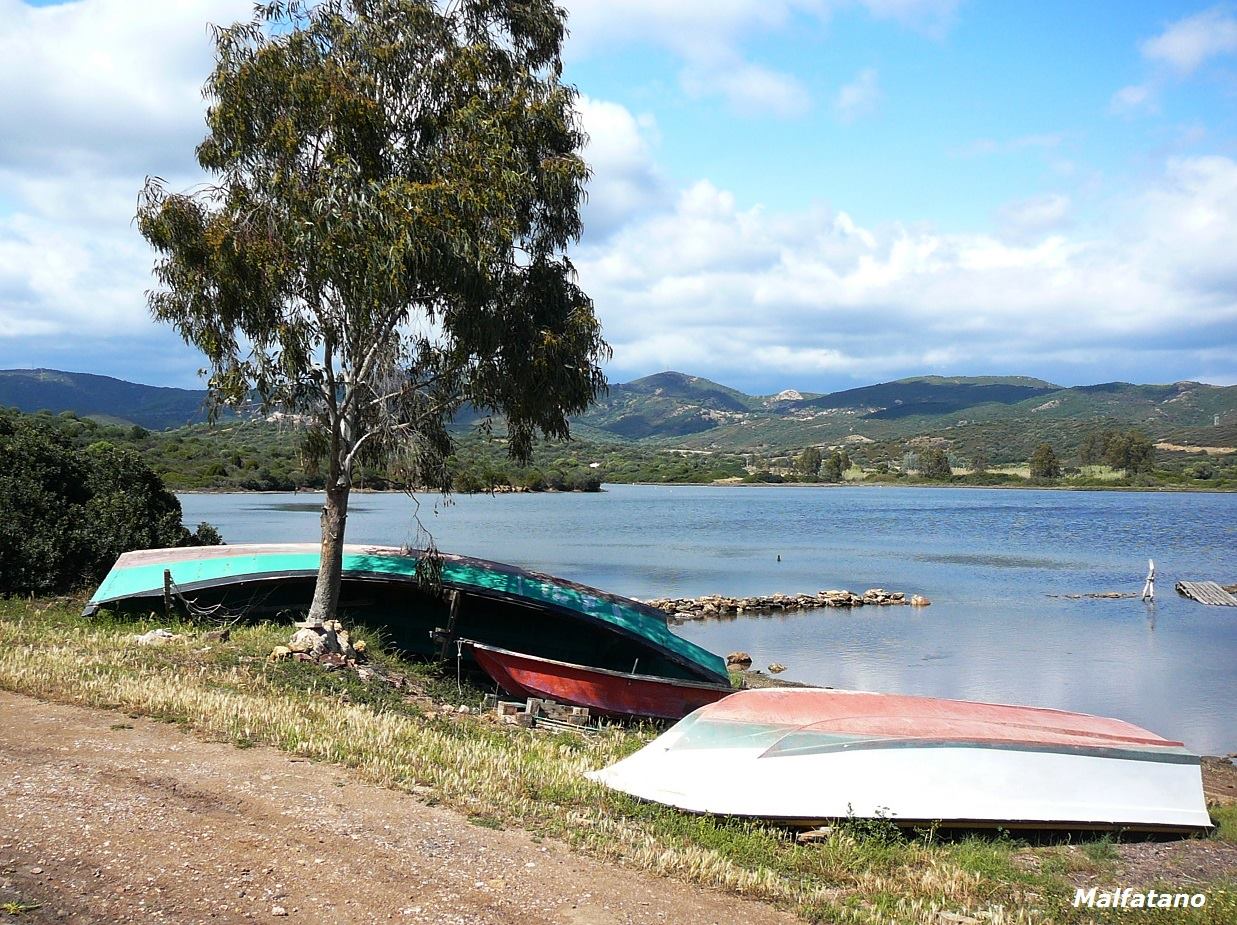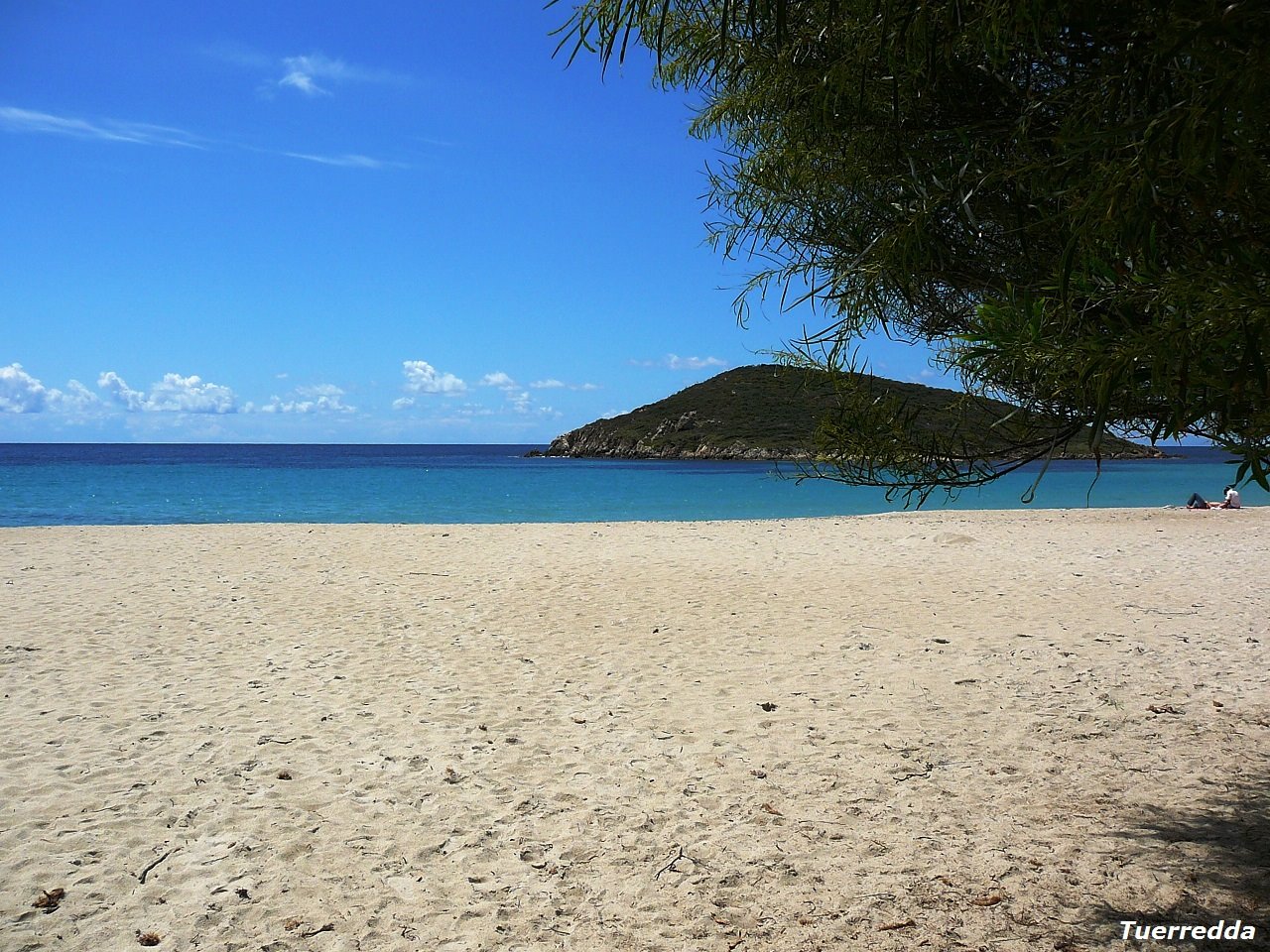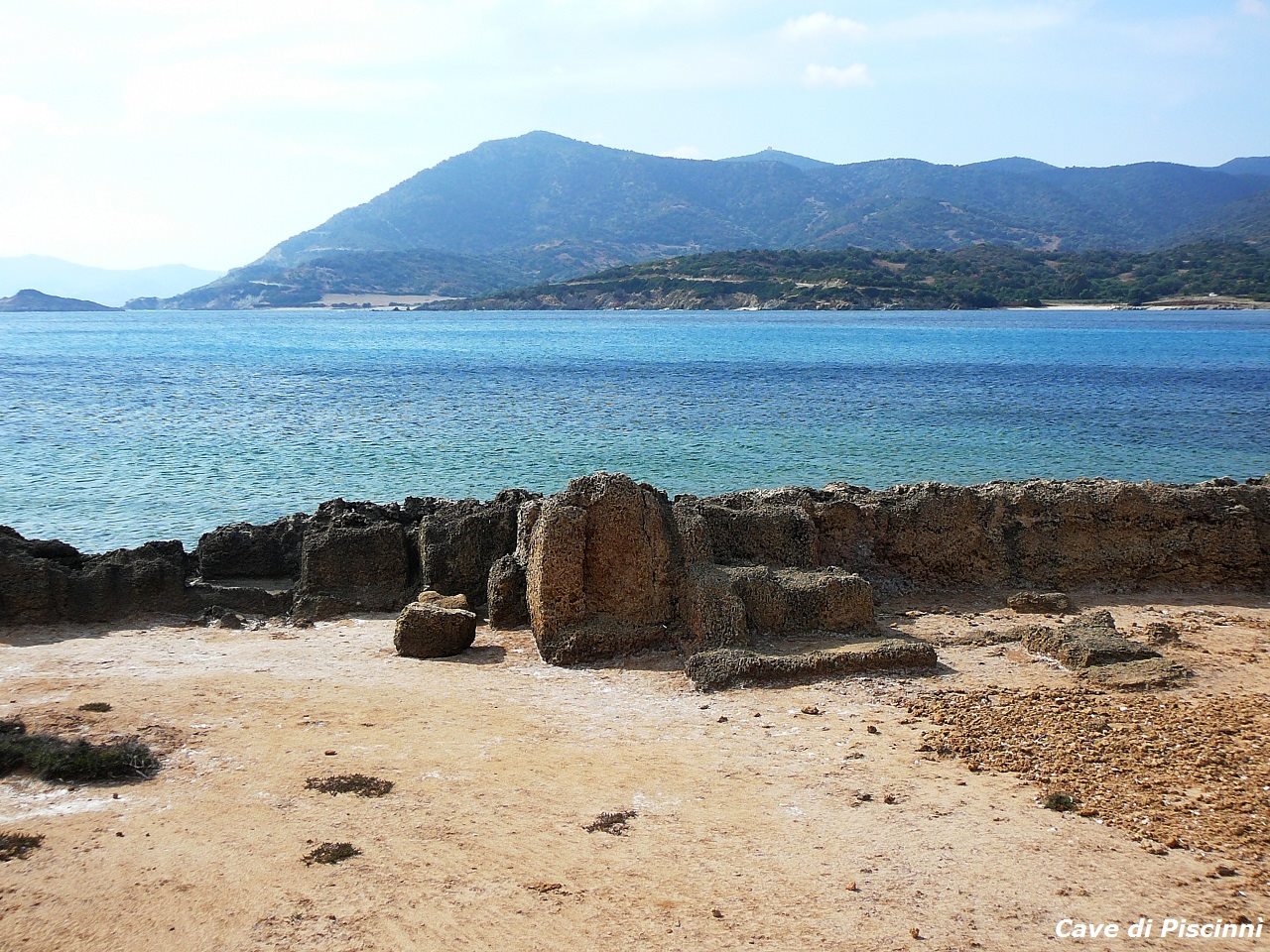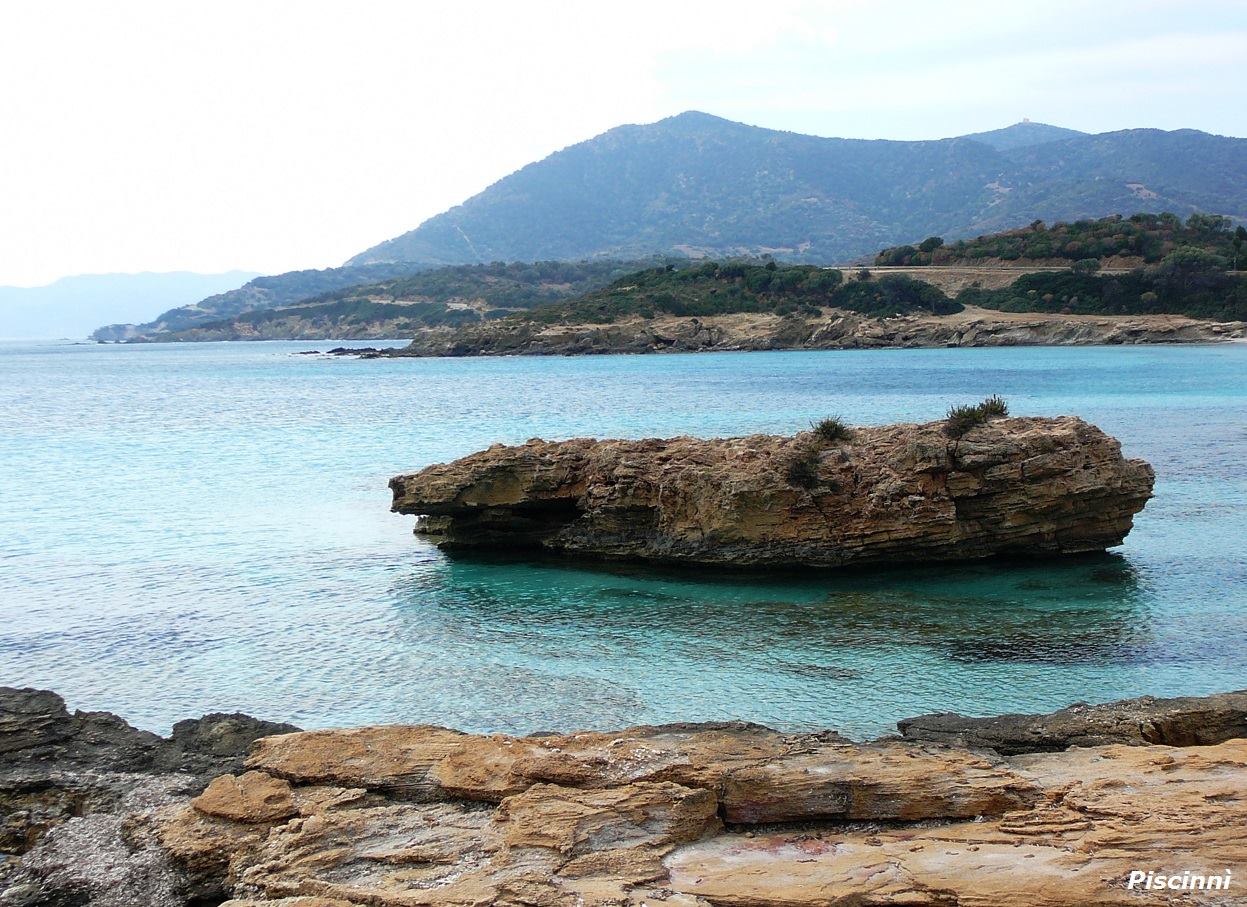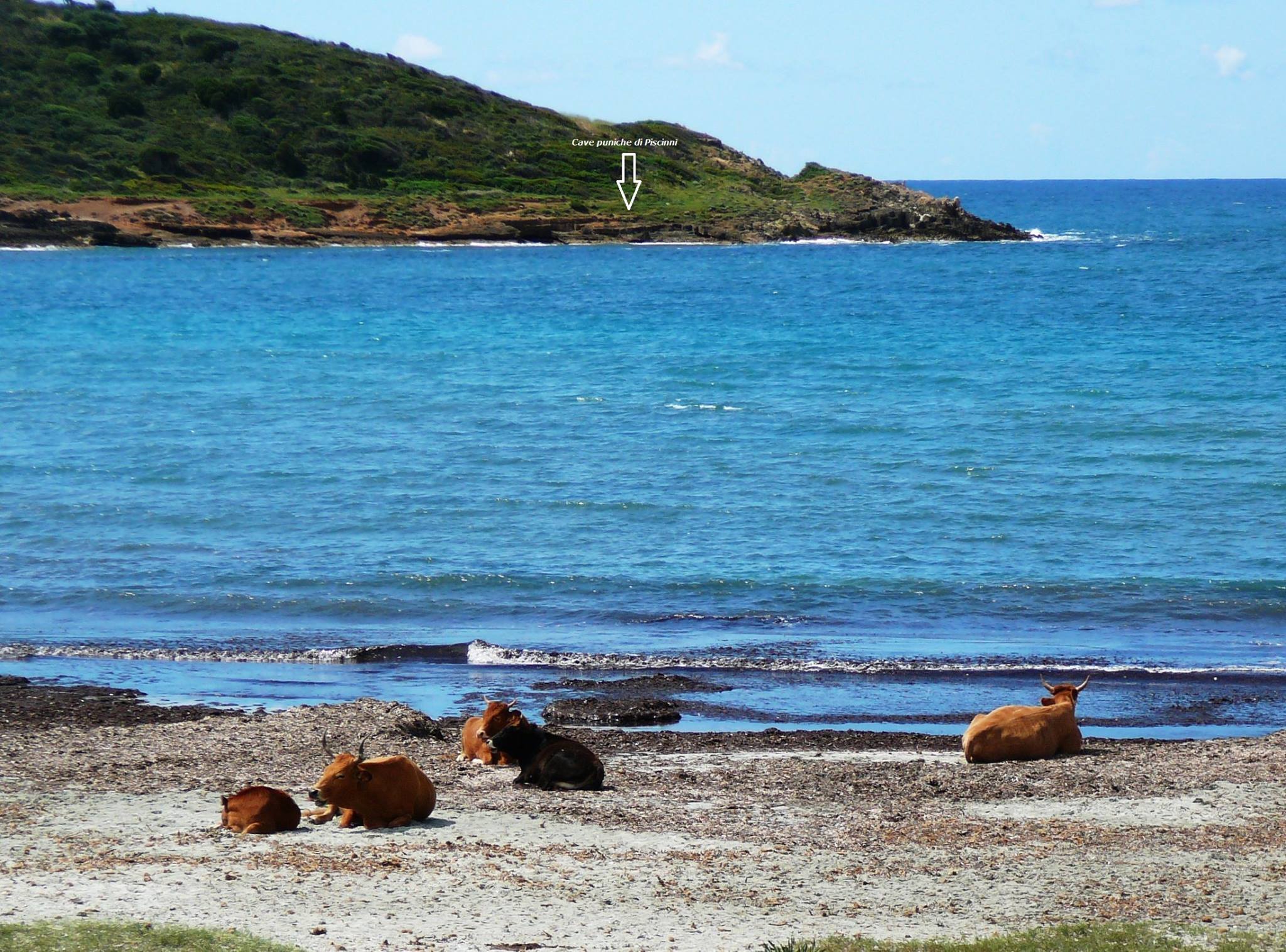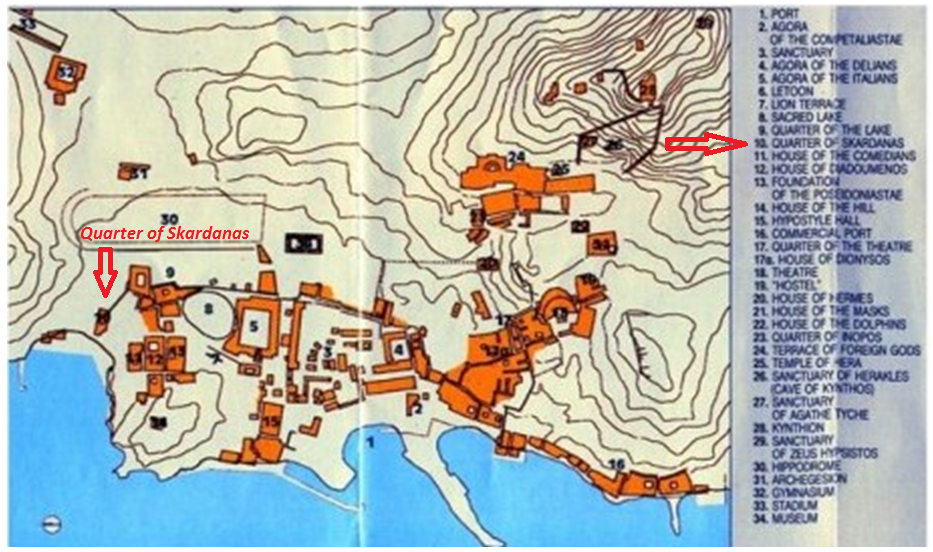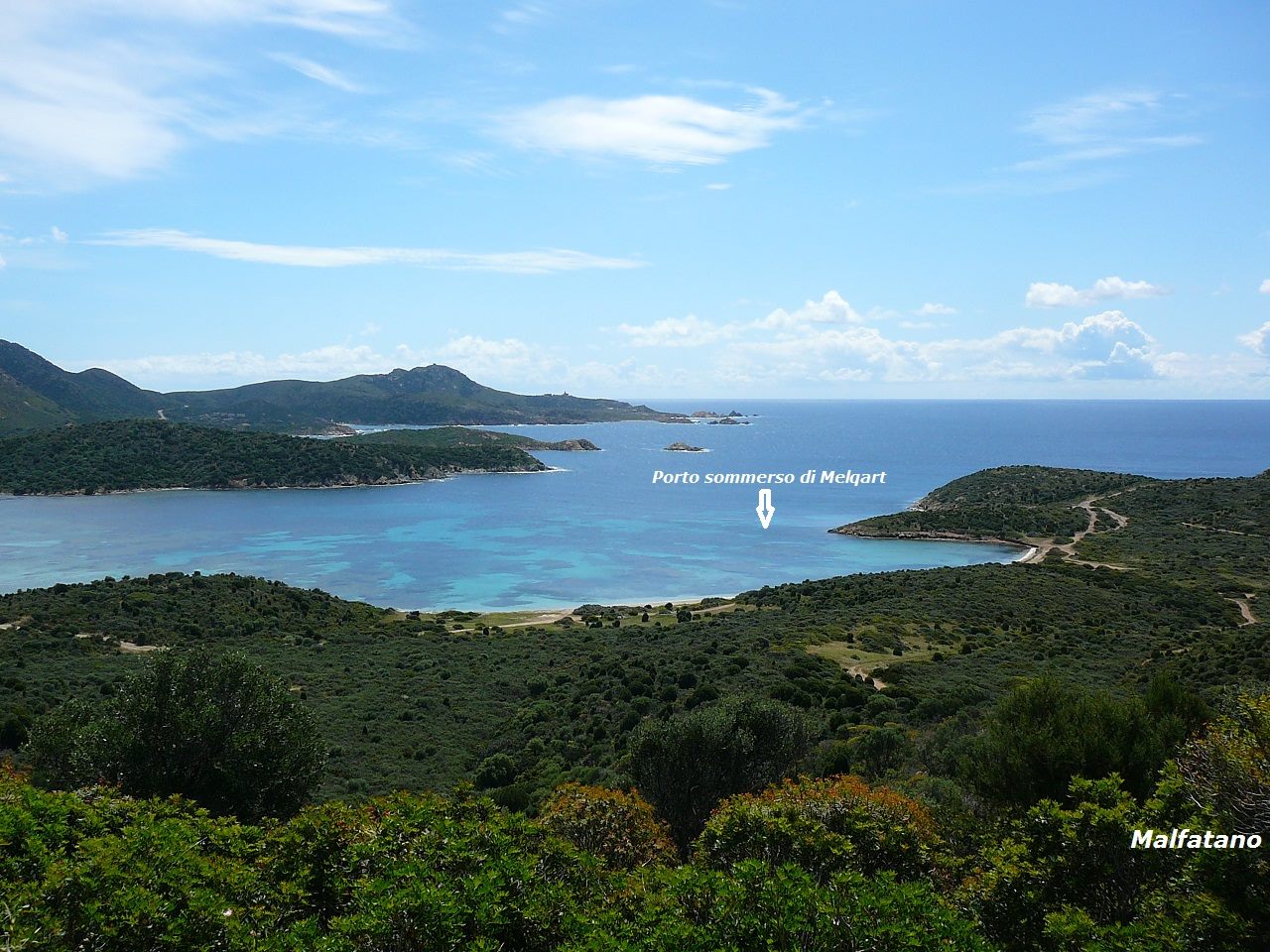In an article published by Unione Sarda back in August 2017, archaeologist Giovanni Ugas talks about the Shardana maritime community. I find admirable the determination with which Ugas supports the thesis of a Sardinian origin of the Shardana and their primary role in the so-called “confederation of the sea peoples.” This is a thesis that I personally share and which was equally shared by Nicola Porcu, a dear friend who passed away two years ago, a professional diver and former honorary inspector of the Superintendency for underwater heritage. It is obvious that a fierce Shardana maritime community like the one described by Ugas required a considerable number of ports and landings, located along the coasts of the island, and the significant number of nuragic towers overlooking the Sardinian coastline is concrete confirmation of this. It is also interesting to note that “in a publication sponsored by the Greek Ministry of Culture entitled ‘A tour in the Archaeological Site of Delos,’ we find in the ancient cartography of the island of Delos at point n.10 the indication ‘quartiere Skardanas’ and in another cartography, near the quartiere Skardanas, the toponym ‘Baia Skardanas’…” (Nicola Porcu: “Hic Nu Ra, Racconto di un’altra Sardegna” – Carlo Delfino Editore 2013).
Still regarding nuragic ports, Nicola claimed to have found traces of a nuragic port settlement on the edge of Tuarredda beach. He was also firmly convinced that the port was connected to the interior via the river of the same name, which today has been reduced to minimal terms but presumably once had a much more substantial water flow. In his opinion, the rise in bathymetry had led to the progressive submersion of the landing (which was guarded by the nuraghe Tuerredda) and had thus been reconstructed in Punic times in the neighboring bay of Malfatano. This immense port structure, named the port of Melqart, will also be submerged by the waters, while the ruins of one of its piers are still visible a few meters underwater. Proceeding westward, we finally find Piscinnì, another docking site that still preserves evident traces of a stone quarry, likely also used during the Punic period. In short, a short stretch of coastline that can be considered a treasure trove of many fascinating historical testimonies, immersed in an environment of rare beauty.
In the photos: The port of Melqart, Tuerredda beach, and the quarries of Piscinnì (Malfatano); submerged nuragic structures (OT Sub by Nicola Porcu); The archaeological map of Delos (Greek Cyclades archipelago).
